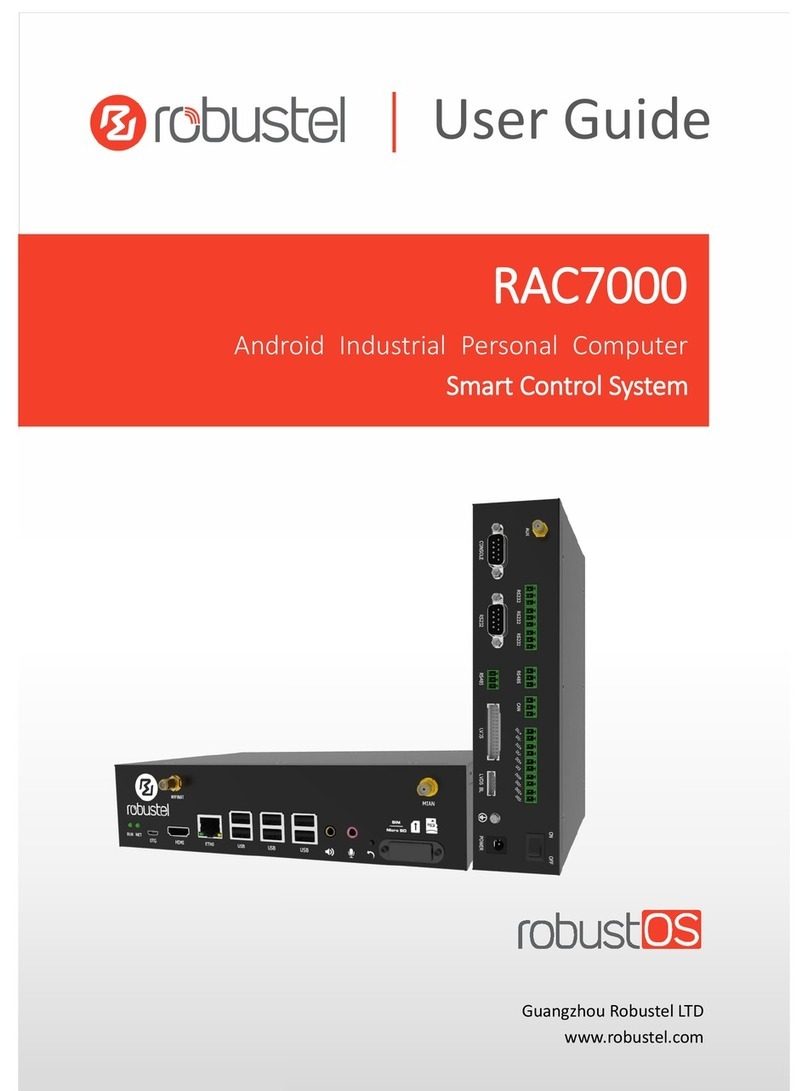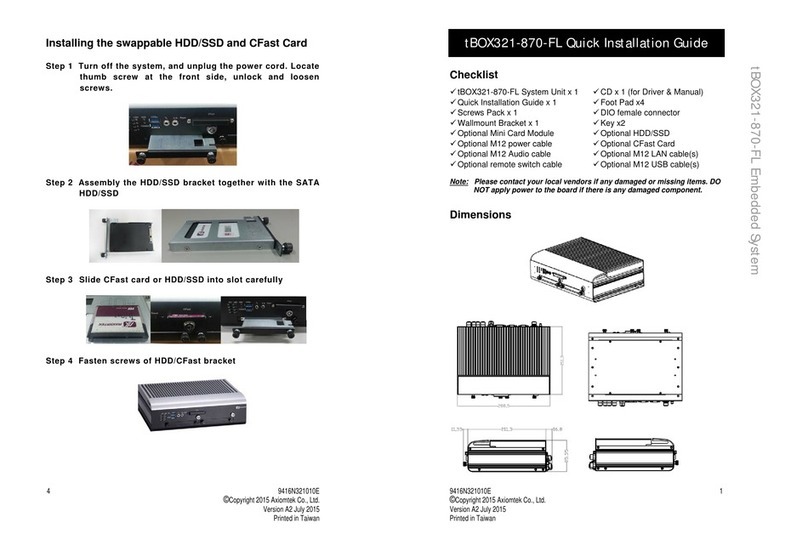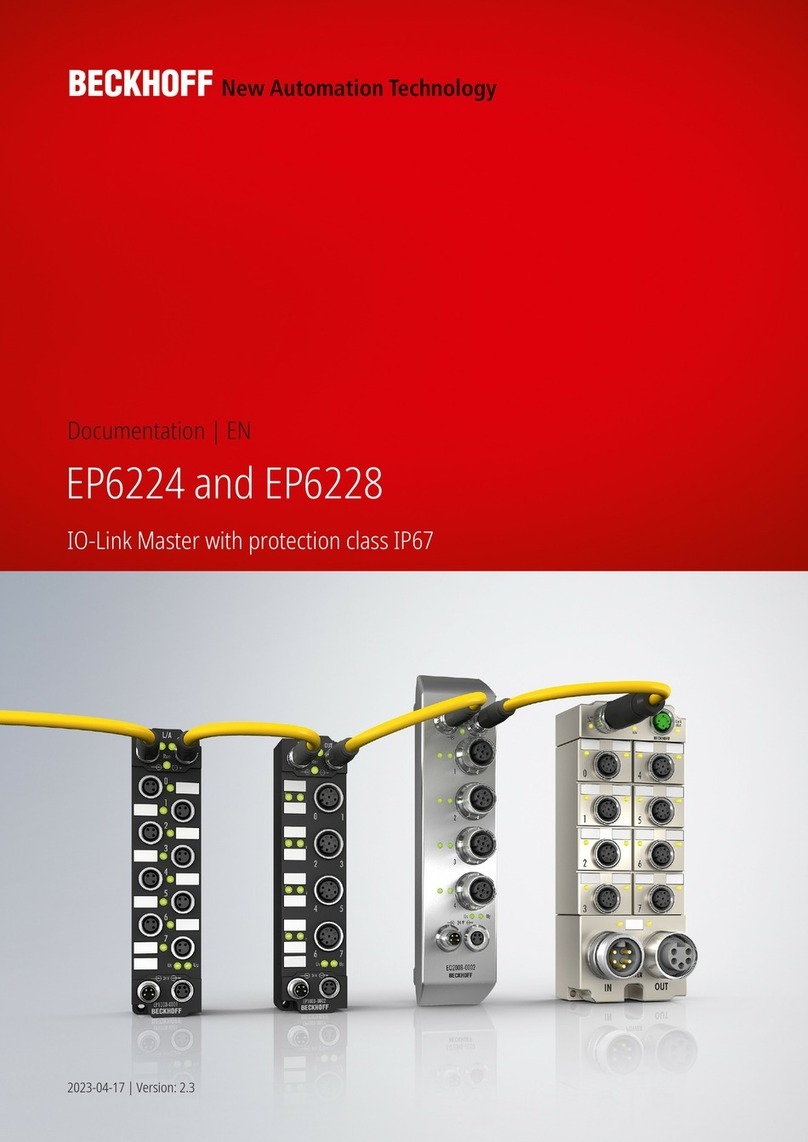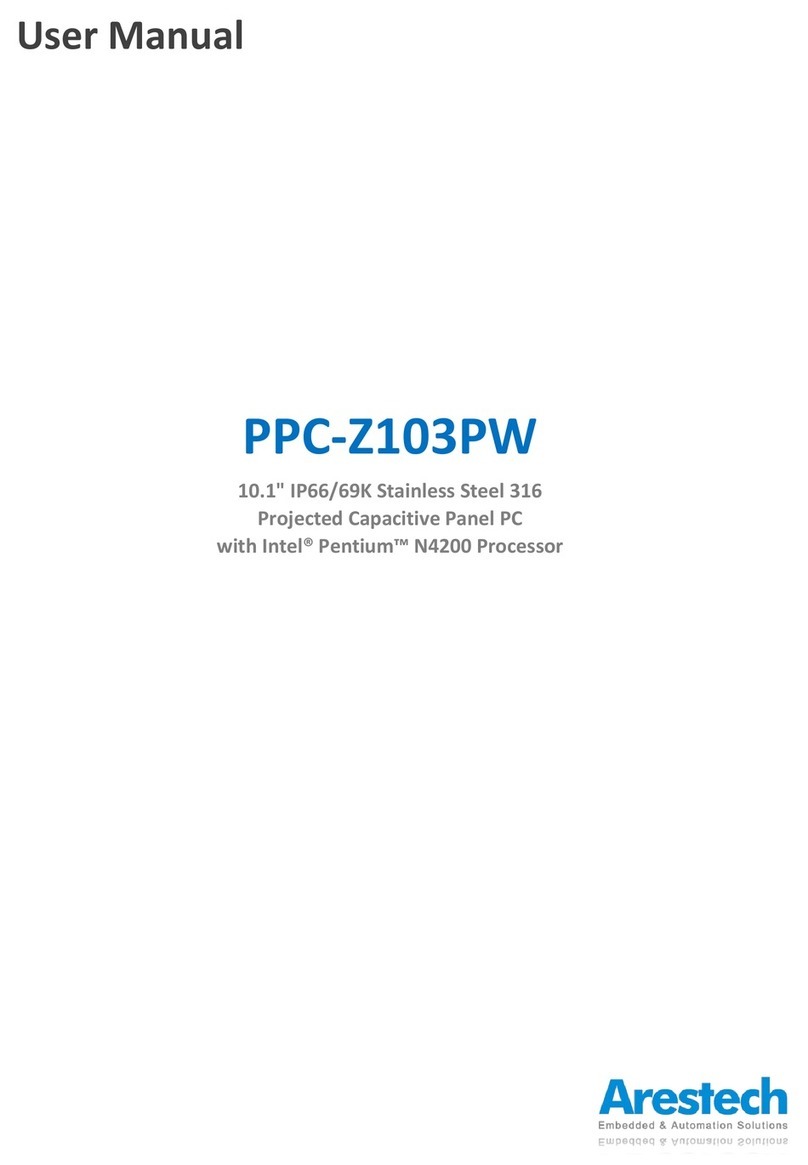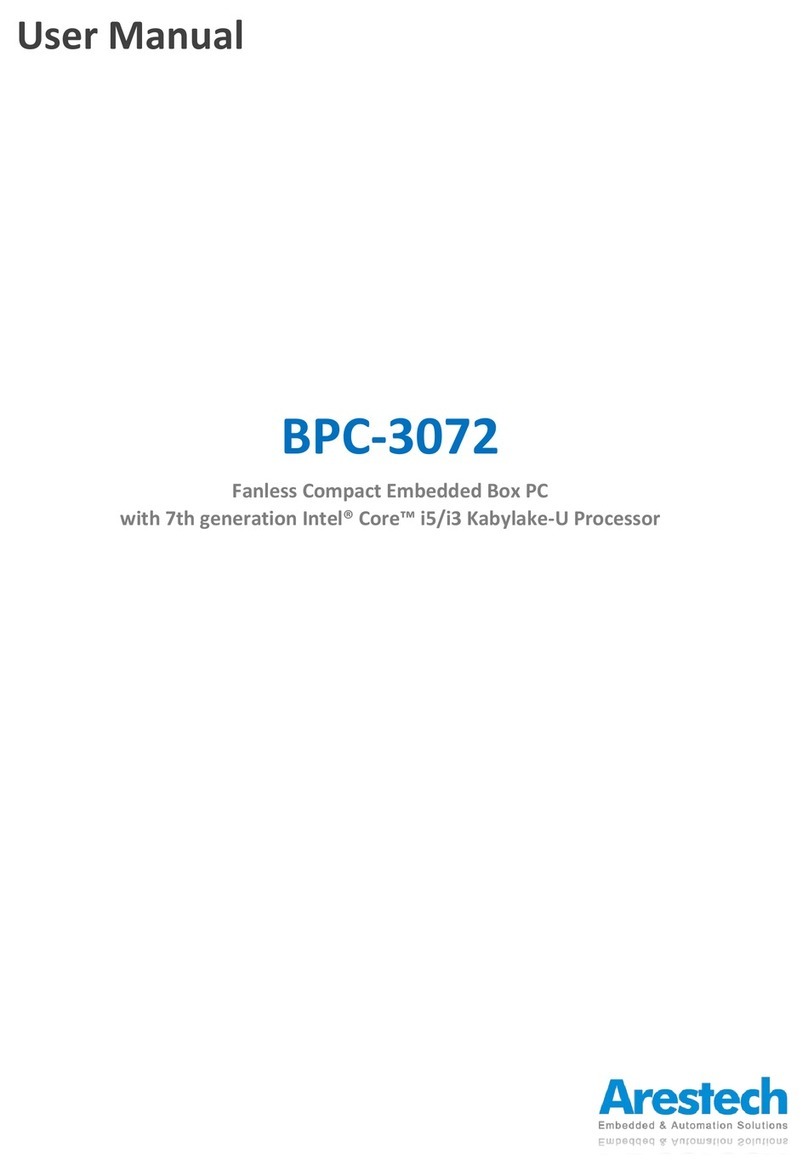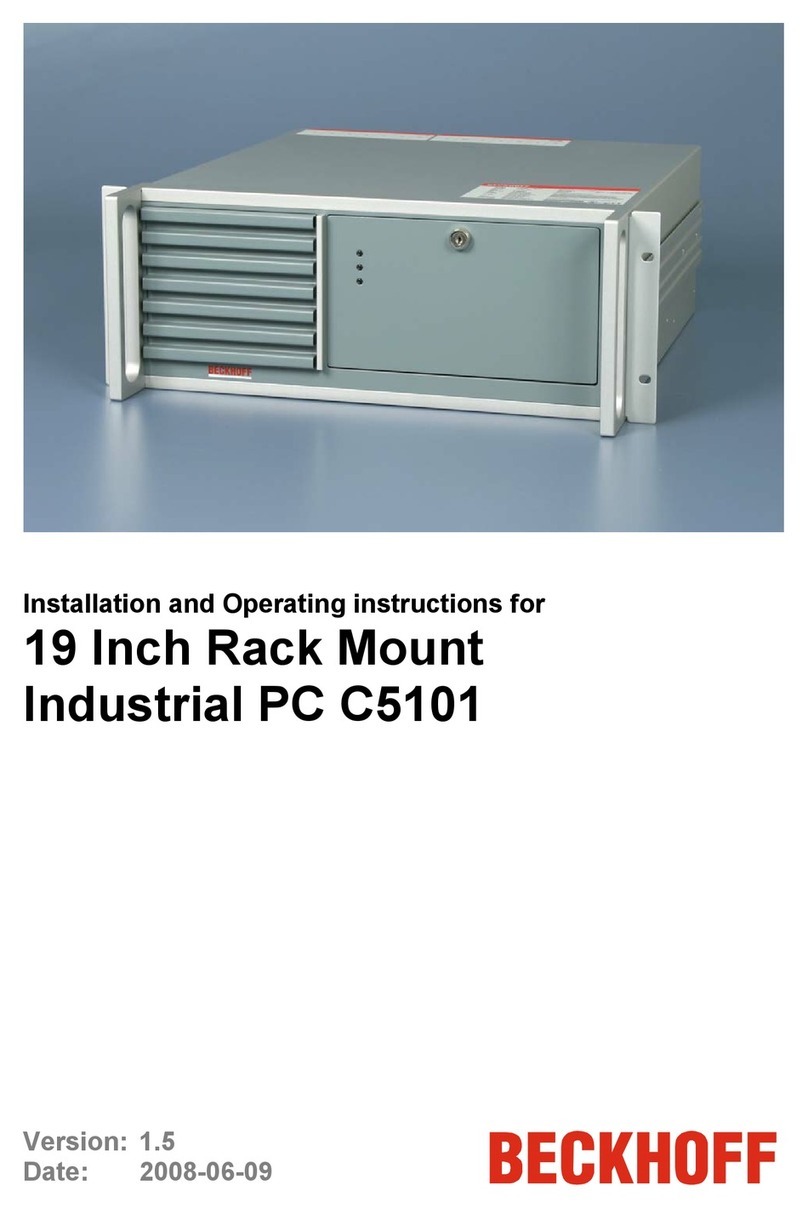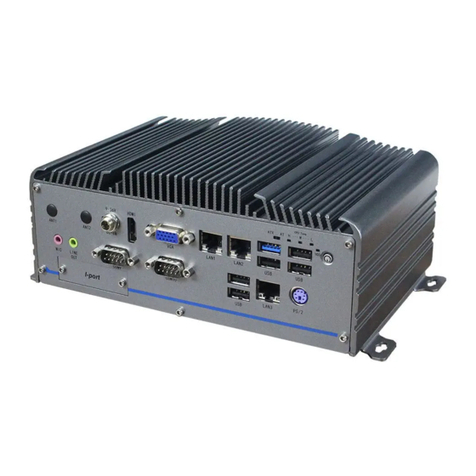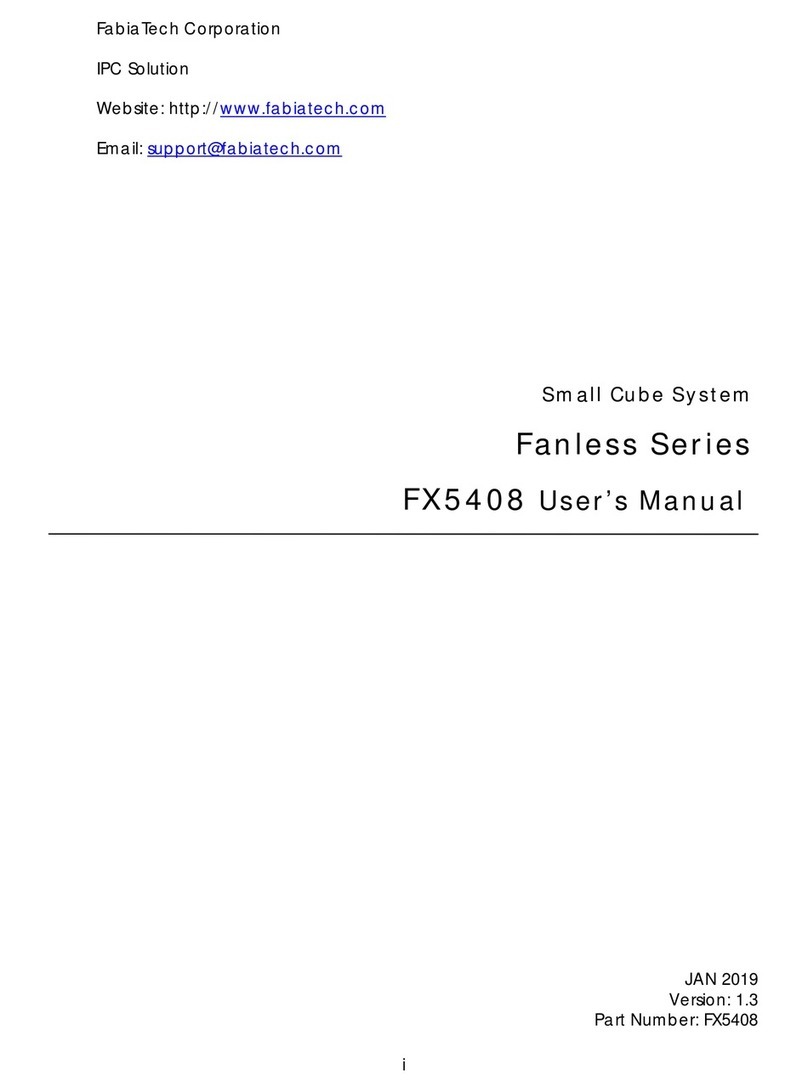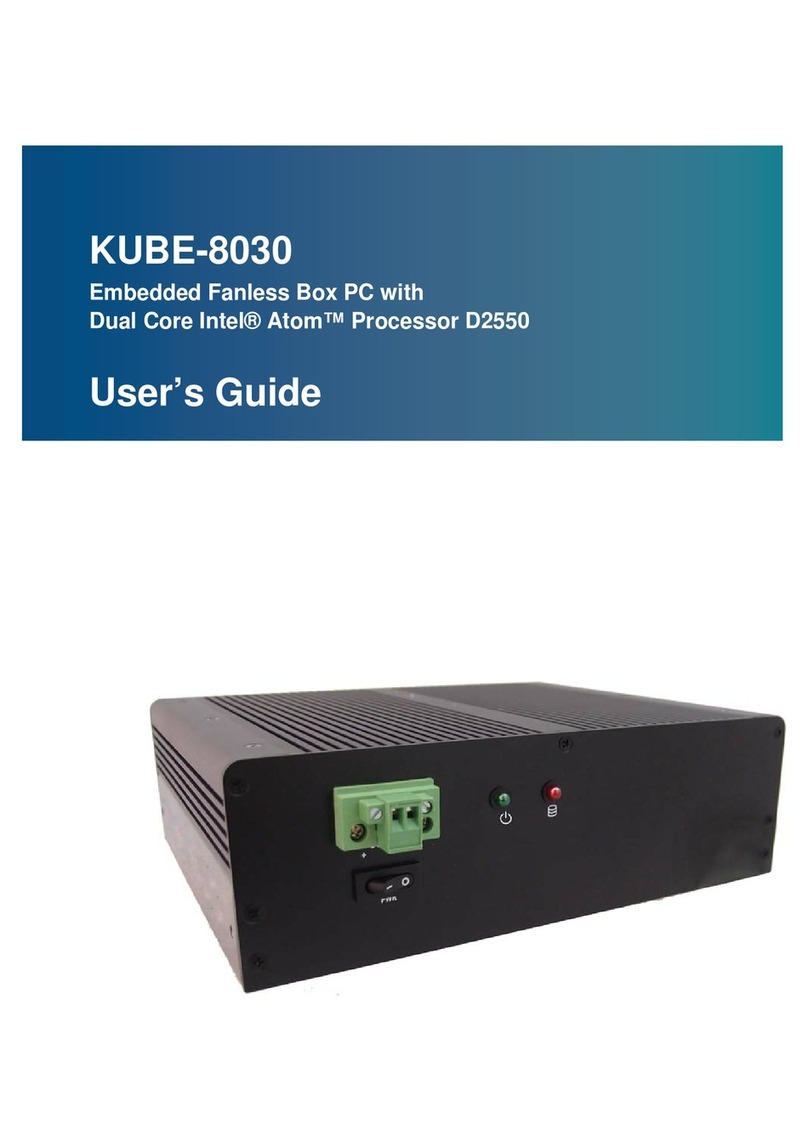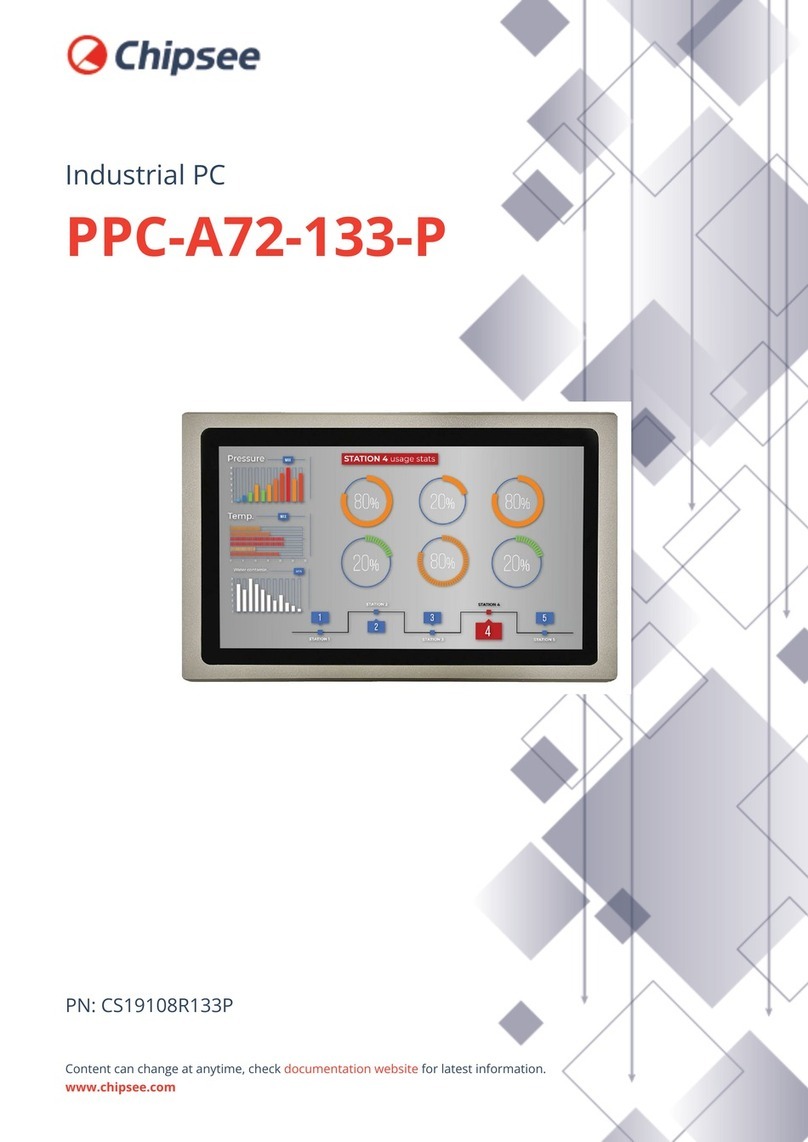Gantner Q Series User manual

Manual
Q.station 101
Vers. No. 1.1

Vers. No. 1.1
2Released: 7/11/2014
© 2014 Gantner Instruments GmbH
Operating instructions, manuals and software are protected by
copyright. Copying, duplicating, translating, conversion into any
electronic medium or into machine readable form, completely or
partially, is only permissible with the expressed consent of
Gantner Instruments GmbH. An exception is the making of a copy
of software for one's own use for backup purposes, where this is
technically possible and recommended by us. Infringements will
be pursued in law and will be subject to compensation claims.
All trademarks and brand names used in this document only indi-
cate the respective product or the proprietor of the trademark or
brand name. The naming of products which are not from Gantner
Instruments GmbH is made exclusively for informative purposes.
Gantner Instruments GmbH makes no claims on trademarks or
brand names other than its own.

Q.series
Gantner Instruments GmbH 3
Table of Contents
Table of Contents
1Safety Information .................................................7
1.1 Intended use ...........................................................................7
1.2 Checking for damage in transit ..............................................7
1.3 Personnel ................................................................................7
1.4 Special risks............................................................................8
1.5 Siting locations .......................................................................8
1.6 Modifications...........................................................................8
1.7 Servicing and cleaning............................................................8
1.8 Disposal...................................................................................9
1.9 General hazards due to non-observance of the safety
information..............................................................................9
2Labels and Warning Information.........................11
2.1 Label on the module..............................................................11
2.2 Labels in this manual ............................................................11
3Introduction .........................................................13
3.1 The documentation of the Q.station......................................14
3.2 About this manual .................................................................14
3.3 System description................................................................15
4Operation and displays ........................................17
4.1 Mounting...............................................................................17
4.2 Terminal assignment.............................................................17
4.3 Interfaces, SD card ...............................................................20
4.3.1 Ethernet connection ..............................................................20
4.3.2 USB connection .....................................................................20
4.3.3 SD card..................................................................................20
4.4 LED flashing frequency.........................................................21
4.4.1 Flashing frequency of the Q.station 101 ...............................21
4.4.2 Module flashing frequency ....................................................21
4.5 LCD screen............................................................................23
5Q.station 101 connection.....................................25
5.1 Connect Q.station to Ethernet network with server .............25
5.2 Connect Q.station to an Ethernet interface ..........................25

Vers. No. 1.1
4Released: 7/11/2014
Table of Contents
5.3 Establishing a connection.....................................................26
5.4 Note on the connection of modules ......................................27
5.4.1 Activating the terminating resistances................................. 27
5.4.2 Connecting modules to Q.station 101................................... 28
5.5 Synchronization of several systems......................................29
5.5.1 Connection of a radio receiver for time signals.................... 32
5.5.2 Connection of a GPS receiver ............................................... 32
5.6 Installing the test.commander..............................................34
5.7 Ethernet on the PC ...............................................................35
5.7.1 Finding the IP address and subnet mask of the PC .............. 35
5.7.2 Setting the IP address on the PC.......................................... 37
5.7.3 Allowing access to network devices (firewall) ...................... 38
6Basic configuration of your system .....................41
6.1 Q.station basic settings.........................................................42
6.1.1 Settings................................................................................. 43
6.1.2 Module interface................................................................... 44
6.1.3 Host interface ....................................................................... 46
6.1.4 Sample rate and logger settings........................................... 51
6.2 System variable.....................................................................52
6.3 Specifying digital inputs/outputs ..........................................53
6.3.1 Digital inputs ........................................................................ 53
6.3.2 Digital outputs ...................................................................... 55
6.4 Virtual variable ..................................................................... 56
6.5 Online tools........................................................................... 61
6.5.1 Read data buffer (with measurements) ................................ 61
6.5.2 Displaying measurements..................................................... 61
6.5.3 Reading module information ................................................ 62
6.5.4 Reading status information................................................... 62
6.6 Firmware update ..................................................................64
6.6.1 Firmware update for Q.station ............................................. 64
6.6.2 Firmware update for modules .............................................. 65
7Recording with the data logger ...........................67
7.1 Setting the sample rates (and data buffers) .........................67
7.2 Assign sample rates to the channels.....................................70
7.3 Logger settings .....................................................................71
7.3.1 General settings for loggers 1 to 20 ..................................... 72
7.3.2 Type of storage ..................................................................... 77
7.3.3 Target memories................................................................... 79
7.3.4 Trigger and even settings ..................................................... 79

Q.series
Gantner Instruments GmbH 5
Table of Contents
7.3.5 Also send data to FTP server.................................................81
7.3.6 Send e-mail............................................................................82
7.4 Examples...............................................................................83
7.4.1 Continuous recording ............................................................83
7.4.2 Recording of a single event (repeated) .................................88
7.4.3 Angular synchronous measurement ......................................92
8Access to data in the Q.station ............................95
8.1 Access through SMB/CIFS....................................................95
8.2 Remote control by VNC ........................................................99
9International Sales and Service.........................103

Vers. No. 1.1
6Released: 7/11/2014
Table of Contents

Q.series
Gantner Instruments GmbH 7
1 Safety Information
1Safety Information
Before starting installation, setting up, operation and before
maintenance work is carried out, it is essential to read and follow
the appropriate warning and safety information given in this
manual.
Installation, setting up, operation and maintenance of the mod-
ules or devices must take place as intended, i.e. under the condi-
tions of use laid down in this manual and in the technical data for
the relevant module or device.
1.1 Intended use
The products in the Q.series range are intended for use in indus-
trial and experimental test engineering and for monitoring
assembly and production processes. Transducers (sensors) for
the acquisition of physical quantities such as voltage, current,
resistance, temperature, force, displacement, torque, mass,
strain and pressure can be connected. The modules are used
exclusively for these kinds of measurement and control applica-
tions. Any application which goes beyond this scope does not fall
within the intended use of the modules.
To ensure safe operation the modules and devices must only be
operated according to the details given in the manuals and tech-
nical data sheets. In addition, the required legal and safety regu-
lations covering the respective application must be followed.
1.2 Checking for damage in transit
On receipt of the goods visually check that the packaging and the
module or device together with the data medium are intact. Also
check the shipment for completeness (accessory parts, documen-
tation, auxiliary aids, etc.). If the packaging has been damaged in
transit or if you suspect that the product is damaged or may mal-
function, the product must not be put into operation. In this case
contact your customer consultant or Gantner Instruments GmbH.
1.3 Personnel
The installation, operation and maintenance of the modules or
devices must only be carried out by competent persons. Compe-
tent persons are those who through their professional education
have sufficient knowledge in the required field and are familiar
with the relevant national occupational protection regulations,
accident prevention regulations, guidelines and accepted engi-

Vers. No. 1.1
8Released: 7/11/2014
1 Safety Information
neering rules. They must be able to reliably assess the results of
their work and must be familiar with the contents of this manual.
Electrical connections must only be carried out by specialist per-
sonnel trained for the task.
In particular, pay attention to the following:
• the national installation and erection regulations (e.g. ÖVE,
VDE, etc.)
• generally accepted engineering rules
• the details on transport, installation, operation, servicing,
maintenance and disposal in this manual
• the parameters, limits and the details about the operating and
ambient conditions on the name-plates and in the data sheets.
1.4 Special risks
The modules A123, A124, A127 and A128 are specially designed
for measurements at high voltages. Consequently, on the mod-
ules a voltage of up to 1200V may be present, which can lead to
fatal or severe injury on touching the terminal contacts or bare
parts of the connecting cables. Therefore, make sure that only
qualified personnel have access to the modules or devices and
that the voltages at modules can be switched off by a switch-dis-
connector or similar device for service purposes.
1.5 Siting locations
The devices in the Q.series range are protected to IP20 against
water, dirt and small parts. If the ambient conditions require it,
the modules can be fitted in water-protected or watertight hous-
ings.
Please note the admissible ambient temperatures specified in the
technical data.
1.6 Modifications
Making modifications to the modules or devices is not permitted.
Dirt and shrouding covers may only be removed for service and
maintenance purposes.
1.7 Servicing and cleaning
The modules or devices do not need any servicing. Cleaning may
only take place in the voltage-free state. Therefore follow the
points below:
• Before cleaning, disconnect all connectors.

Q.series
Gantner Instruments GmbH 9
1 Safety Information
• Clean the housing with a soft, slightly moistened cloth. Never
use any solvents, because these may attack the labels.
• When cleaning, make sure that no liquid enters into the
device or goes onto the terminals.
Never attempt to repair nor to again operate devices which are
defective, have developed a fault or are damaged. In this case it
is essential to contact your customer consultant or Gantner
Instruments GmbH.
1.8 Disposal
Old devices which are no longer usable must be disposed of
according to national and local regulations regarding environ-
mental protection and raw-material recycling. Electronic compo-
nents must not be disposed of with the household refuse. The
packaging can be recycled and should therefore be passed into
the recycling system. However, we recommend that the packag-
ing is kept until the end of the warranty period so that you can
pack faulty devices or modules properly.
1.9 General hazards due to non-observance of the
safety information
The modules or devices conform to the state of the art and are
operationally safe. However residual risks may arise when they
are used and operated improperly by untrained personnel.
Any person commissioned with the task of siting, operating, ser-
vicing or repairing a module or device in the Q.series must have
read and understood the operating manual and in particular the
information relating to safety.

Vers. No. 1.1
10 Released: 7/11/2014
1 Safety Information

Q.series
Gantner Instruments GmbH 11
2 Labels and Warning Information
2Labels and Warning Infor-
mation
2.1 Label on the module
Symbol:
Meaning: This symbol is the CE marking. This shows that we
guarantee that our product meets the requirements of the rele-
vant EC directives.
2.2 Labels in this manual
To simplify reading this manual we use the following labels and
notation:
IMPORTANT
Paragraphs with this symbol give important information about
the product or about using the product.
Tip
Contains application hints and other particularly useful informa-
tion.
italics signifies highlighted text
interface signifies entries and entry fields in program
user interfaces
Options signifies menu items in the program user
interfaces
>signifies a sequence of menu items, e.g. in
Options > Settings
➡indicates special features or restrictions

Vers. No. 1.1
12 Released: 7/11/2014
2 Labels and Warning Information

Q.series
Gantner Instruments GmbH 13
3 Introduction
3Introduction
Dear Customer,
Thank you purchasing a product in the Q.series from Gantner
Instruments GmbH. We are sure that you have obtained an excel-
lent product which will enable you to make fast and reliable mea-
surements with low measurement uncertainties.
The manual is included in the items supplied. Keep the manual
safe or download the latest version from our web site. To prevent
personal injury and damage to property it is essential that you fol-
low the warning and safety information given in this manual
(Chapter 1, page 7). Please contact us if you do not know how to
proceed even after reading the manual thoroughly.
If you find faults on the product or errors in the accompanying
documentation or if you have suggestions for improvement,
please contact your customer consultant or Gantner Instruments
GmbH directly. We would be glad to receive your comments and
ideas.
You will find further information in the section Technical Infor-
mation in our Wiki at https://dev.gantner-instruments.com/doku-
wiki. The user name is support and the password is gins (not all
sections are open to the public).
Austria Gantner Instruments GmbH
Montafonerstr. 4
6780 Schruns/Austria
Tel.: +43 (0) 5556 77463-0
Fax: +43 (0) 5556 77463-300
E-mail: office@gantner-instruments.com
Web: www.gantner-instruments.com
Germany Gantner Instruments Test & Measurement GmbH
Heidelberger Landstr. 74
64297 Darmstadt
Tel.: +49 (0) 6151 95136-0
Fax: +49 (0) 6151 95136-26
E-mail: [email protected]
Web: www.gantner-instruments.com

Vers. No. 1.1
14 Released: 7/11/2014
3 Introduction
3.1 The documentation of the Q.station
The documentation for the Q.station consists of this manual. A
further manual is obtainable for the modules to be connected to
the Q.station.
You will find this manual also as a PDF file on our home page
www.gantner-instruments.com and on the Gantner CD enclosed
with your Q.station 101 or which you can order free of charge
from Gantner Instruments GmbH.
3.2 About this manual
This manual describes the installation, operation and configura-
tion of the Q.station using the test.commander program. The pro-
gramming of the Q.station 101 with the test.con program is
described in a separate manual.
The manual is divided into several chapters:
• Safety information in Chapter 1, page 7ff.
• A description of the labels and symbols used on the Q.station
and in this documentation can be found in Chapter 2,
page 11ff.
• An overview, showing a complete system (including modules)
and which variants are available, can be found in the next sec-
tion.
• The description of the terminal assignments on the inputs and
outputs can be found in Chapter 4, Operation and displays,
page 17ff.
•Chapter 5, Q.station 101 connection, describes how you
establish the connection to a PC, how you synchronize several
Test Controllers and how you carry out a firmware update
when required (page 25ff.).
• The basic configuration of your system, which settings you
have to make via the test.commander program so that you can
carry out measurements, is explained in Chapter 6, Basic con-
figuration of your system, page 41ff.).
• The settings for recording data using one of the integrated
data loggers as well as examples of logger configuration are
included in Chapter 7, Recording with the data logger,
page 67ff.
•Chapter 8, Access to data in the Q.station, describes how you
can remotely access the data on your Q.station (page 95ff.).

Q.series
Gantner Instruments GmbH 15
3 Introduction
3.3 System description
The modules in the Q.series have been developed for industrial
and experimental measurement and test engineering, in particu-
lar for multi-channel measurements of electrical, mechanical and
thermal signals on engine and component test-rigs as well as for
monitoring processes and long-term supervision.
The individual modules can be combined with the Q.station 101
to form one system as required. You can connect up 64 modules
to a Test Controller Q.station and then address them from a PC or
PLC via a single interface.
The Q.station 101 is obtainable in four variants:
All variants are described in this documentation. The sections on
the display are not relevant for the variants without a D.
Application of the Q.station 101
The Q.station Test Controller is a programmable module with
1Gbyte of RAM and an internal hard disk of which 1Gbyte is
available for data storage using logger functions. The Test Con-
troller can be configured and programmed over wide ranges and
also offers a graphical display. Optionally, you have EtherCAT
slave, standard Ethernet with 1Gbyte/s, USB interfaces, CAN bus
and a web server available.
You can connect up to 16 measurement modules to each of the
four serial interfaces (UARTs) of the Q.station Test Controller
(Fig. 3-1, page 16). This means that 8 channels can be acquired
at 100kHz sample rate per UART.
Type
VGA display
480x640,
touch screen
PAC, graphically pro-
grammable with
test.con, HMI Designer
Q.station 101 – –
Q.station 101 T – X
Q.station 101 D X –
Q.station 101 DT X X

Vers. No. 1.1
16 Released: 7/11/2014
3 Introduction
Fig. 3-1 Q.station 101 with up to 64 modules.
UART data throughput at 24MBaud
Sample rate 10kHz
Sample rate 100kHz
128 channels
8 channels
Ethernet data throughput (transmission rate with
block transfer)
512 real variables (10kHz)
32 real variables (100kHz)
EtherCAT data throughput (transmission rate) Read 253 values and write 253 values at
10kHz, cycle time ≥100μs
Interfaces Ethernet, EtherCAT, 4x UART, 1x CAN bus,
SD card, 2x USB 2.0 with up to 4Mbyte/s
Max. number of slaves 64
…
…
…
…
max. 16 modules per UART

Q.series
Gantner Instruments GmbH 17
4 Operation and displays →Mounting
4Operation and displays
This chapter contains the description of the connections (pin
assignments), of the LED indicators and the functional operation
of the LCD displays (optional component).
4.1 Mounting
The Q.station Test Controller can be directly plugged onto a
mounting rail (35 mm DIN rail according to DIN EN 60715).
4.2 Terminal assignment
The Q.station 101 offers you eight digital inputs and four digital
outputs, one CAN bus interface, two USB 2.0 interfaces and the
possibility of inserting an SD card as storage expansion. The con-
nector strips for the digital inputs/outputs and the power supply
are divided up into two 10-pole plugs (Fig. 4-2).
Fig. 4-1 Terminal arrangement on the Q.station 101 (top).
IMPORTANT
When accessing the Q.station 101 by FTP, USB1 is displayed as
USB0 and USB2 as USB1.
Fig. 4-2 Terminal arrangement on the Q.station 101 (bottom).
EtherCATEtherCATEtherCAT
INOUTMaster
USBUSB
SD-Card
RUN
RUN
ERR
USB1 USB2
Ethernet
Digital Input Digital Output Power
1
CANCAN
2
TCP/IP
+5V
DI1
DO1
DO2
DO3
DO4
+V
+V
0V
0V
B1
L
H
H
L
B2
B3
B4
A1
A2
A3
A4
SyB
SyA
DI2
DI3
DI4
DI5
DI6
DI7
DI8
GND
+UH

Vers. No. 1.1
18 Released: 7/11/2014
4 Operation and displays →Terminal assignment
CAN bus CAN bus pin assignment Meaning
CAN 1 HCAN1 High
CAN 1 LCAN1 Low
CAN 2 HNot yet available
CAN 2 LNot yet available
Fig. 4-3 Terminal assignment of the plug-in terminal for the CAN
bus of the Q.station 101 Test Controller.
We recommend only using screened CAN bus cables and that the
screen is connected flat on the control cabinet frame.
UARTs Pin assignment of Q.station 101 UARTs
UART 1 B (B1) Max. 16 modules
UART 1 A (A1)
UART 2 B (B2) Max. 16 modules
UART 2 A (A2)
UART 3 B (B3) Max. 16 modules
UART 3 A (A3)
UART 4 B (B4) Max. 16 modules
UART 4 A (A4)
Sync B (SyB) Input/output for synchronization, e.g. with
another Test Controller
Sync A (SyA)
Fig. 4-4 Terminal assignment of the plug-in terminal for the
UARTs of the Q.station 101 Test Controller; refer to Fig. 4-
2for the position of the connector strip.
The connection of the Q.bloxx modules is described in the Q.bloxx
manual.
Digital inputs Digital input plug assignment
+5 V auxiliary voltage for digital inputs
DI1
DI2
DI3
DI4
DI5

Q.series
Gantner Instruments GmbH 19
4 Operation and displays →Terminal assignment
Fig. 4-5 Terminal assignment of the plug-in terminal for the digital
inputs of the Q.station 101 Test Controller.
You can freely assign the digital inputs using the test.commander
(Section 6.3, page 53). The DIO1 input must be used if you want
to set up synchronization through IRIG-B and digital inputs. You
can select the input level in the test.commander between TTL
(switching level <1 V and >3.5 V) and PLC (switching level <7 V
and > 8 V) (Settings > General remarks > Digital input
switching threshold; refer to Section 6.1.1, page 43).
Digital outputs and power
supply Pin assignment for digital output and power
+UH (Power supply, max. 30VDC, 100mA) / Live signal
DO1 Live signal
DO2 Control, freely selectable
DO3 Control, freely selectable
DO4 Control, freely selectable
OH (Digital output 0V)
Supply +10 to 30 VDC Both terminals are connected
together internally
Supply +10 to 30 VDC
0V Both terminals are connected
together internally
0V
Fig. 4-6 Terminal assignment of the plug-in terminal for the digital
outputs and the power supply of the Q.station 101 Test
Controller.
The Live signal (life sign; refer to Section 6.1.1.2, page 44) is
present either as a TTL level between +UH and OH or – if a volt-
age >5 V is applied between these terminals – it is output with
this voltage as a voltage excursion on DO1. You can freely assign
the digital outputs of the Q.station 101 Test Controller using the
test.commander (Section 6.3, page 53).
The terminals for the power supply are provided doubled so that
you can in each case use just one or both terminals.
DI6
DI7
DI8
Digital input 0V, GND
Digital input plug assignment

Vers. No. 1.1
20 Released: 7/11/2014
4 Operation and displays →Interfaces, SD card
Tip
Use the doubled terminals, for example, to link the supply voltage
from here to the connected modules.
An unregulated direct voltage between 10 and 30 volts is needed
for the power supply. The Q.station 101 needs approx. 12 W of
available power. The power required is almost constant over the
complete voltage range.
4.3 Interfaces, SD card
4.3.1 Ethernet connection
The Ethernet sockets use the standard pin assignment and you
can directly insert standard Ethernet cable (RJ45). Cross cables
are not needed and, if required, the switchover takes place auto-
matically in the Q.station 101.
We recommend the use of cables to category Cat-5 or better.
4.3.2 USB connection
The pin assignment of the USB sockets is as usual, so you can
directly insert appropriate USB memory sticks. The memory
sticks must be formatted with FAT32 or NTFS; other formats are
not allowed.
The interface can be loaded with up to 100mA. Use a separate
power supply for devices with a higher current requirement (also
start-up current), e.g. external hard disks.
The maximum transfer rate is approx. 4 Mbyte/s where this is
supported by the connected memory device.
4.3.3 SD card
You can use all commercially available standard SD cards which
are formatted with FAT32.
➡We recommend SDHC cards Class 10 from SanDisk or PNY with
a writing speed of more than 30MB per second, e.g. the 16GB
card from PNY with a data rate of up to 100MB per second. Note
that the speed stated on the cards is only the peak speed. The fig-
ure says nothing about the continuous transfer rate, i.e. whether
you can save with this speed over a longer time period. Also, the
speeds for reading and writing (usually lower) are often stated
separately.
Other manuals for Q Series
5
This manual suits for next models
1
Table of contents
Popular Industrial PC manuals by other brands
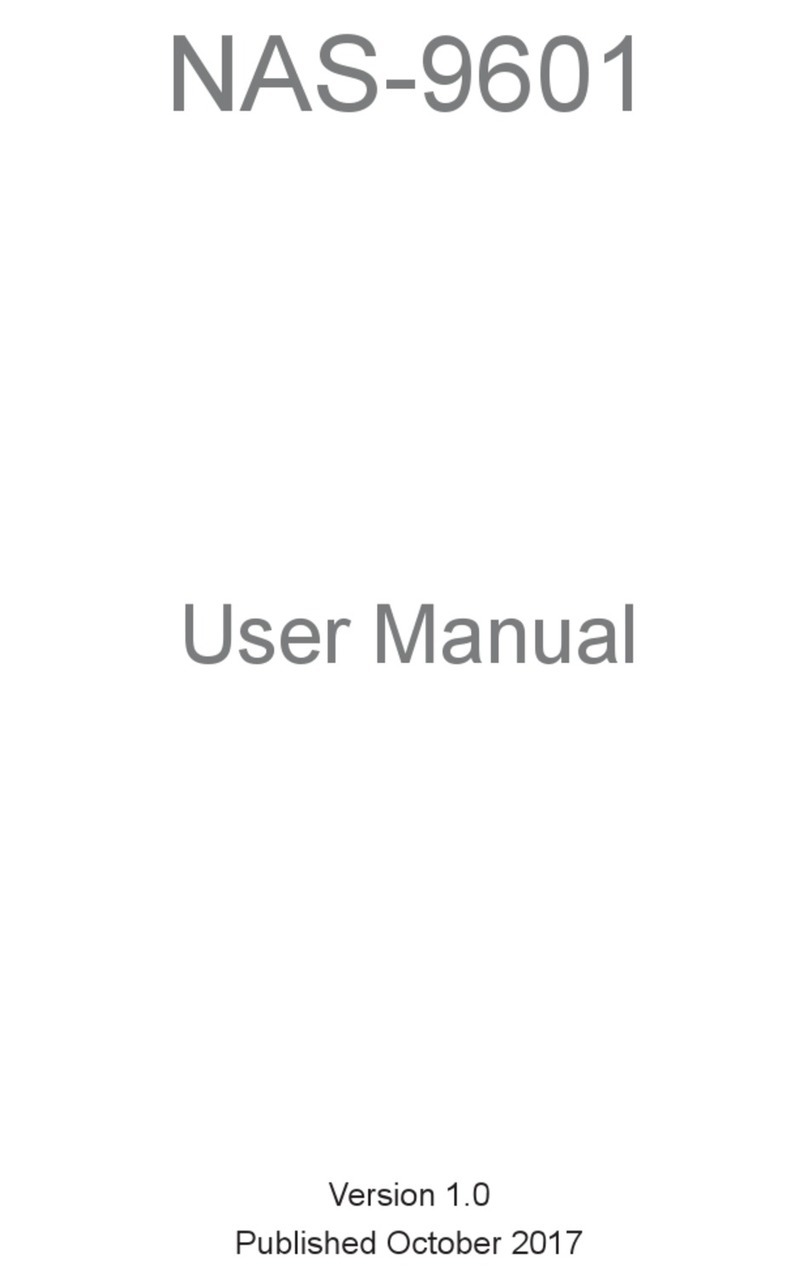
Media MicroComputer
Media MicroComputer NAS-9601 user manual
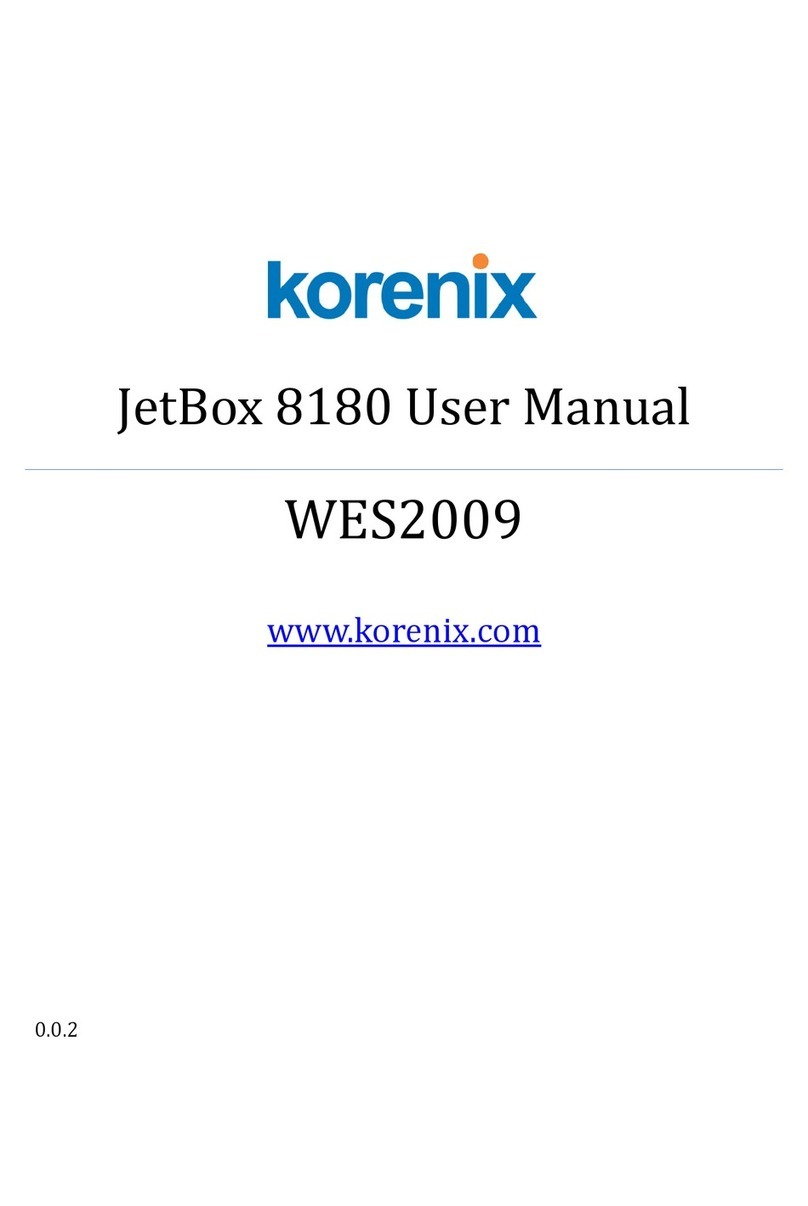
Korenix
Korenix JetBox 8180 user manual
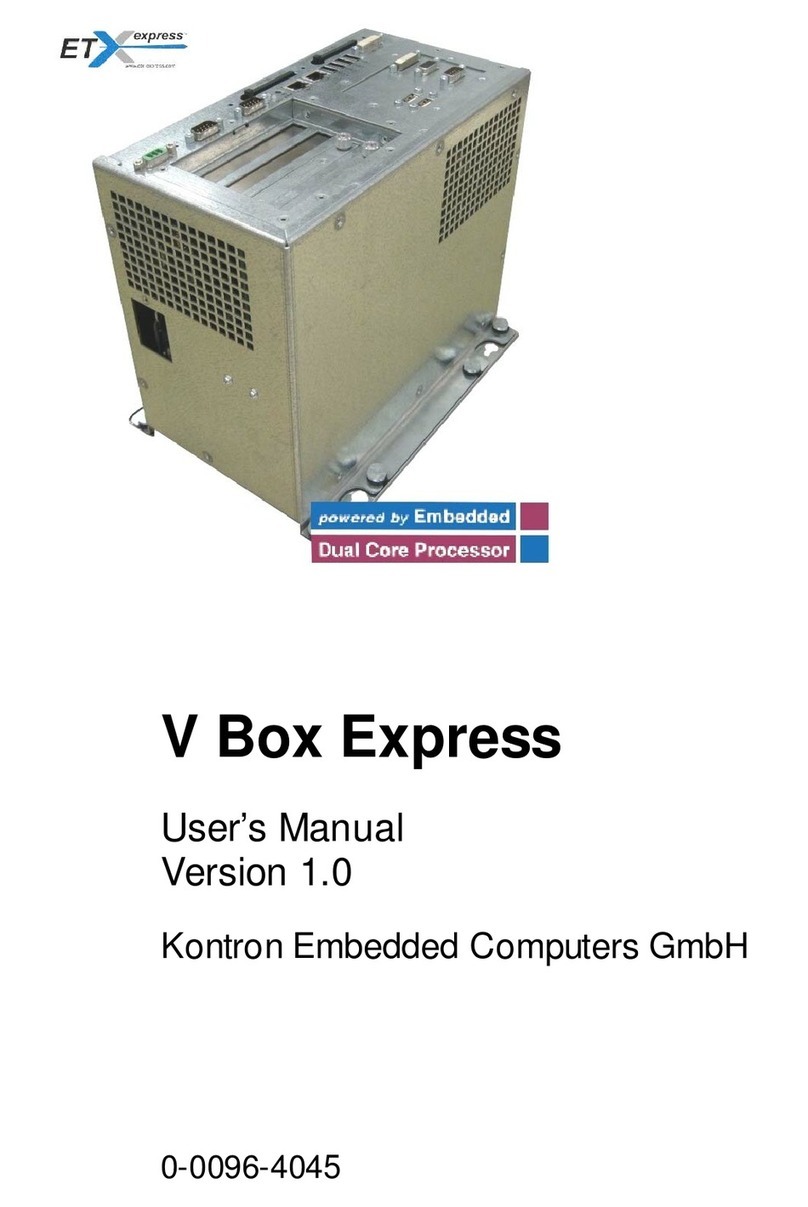
Kontron Embedded Computers
Kontron Embedded Computers V Panel Express user manual

Vecow
Vecow MTC-8000 Series user manual
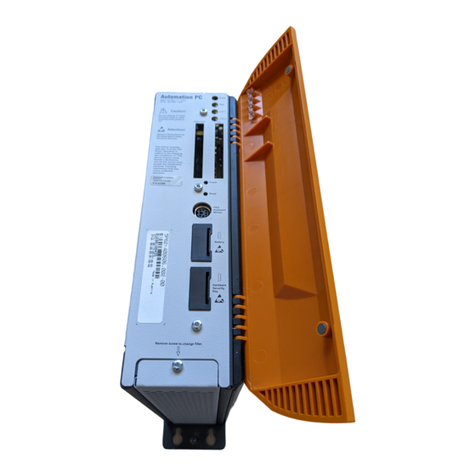
B&R Industries
B&R Industries Automation PC 620 user manual
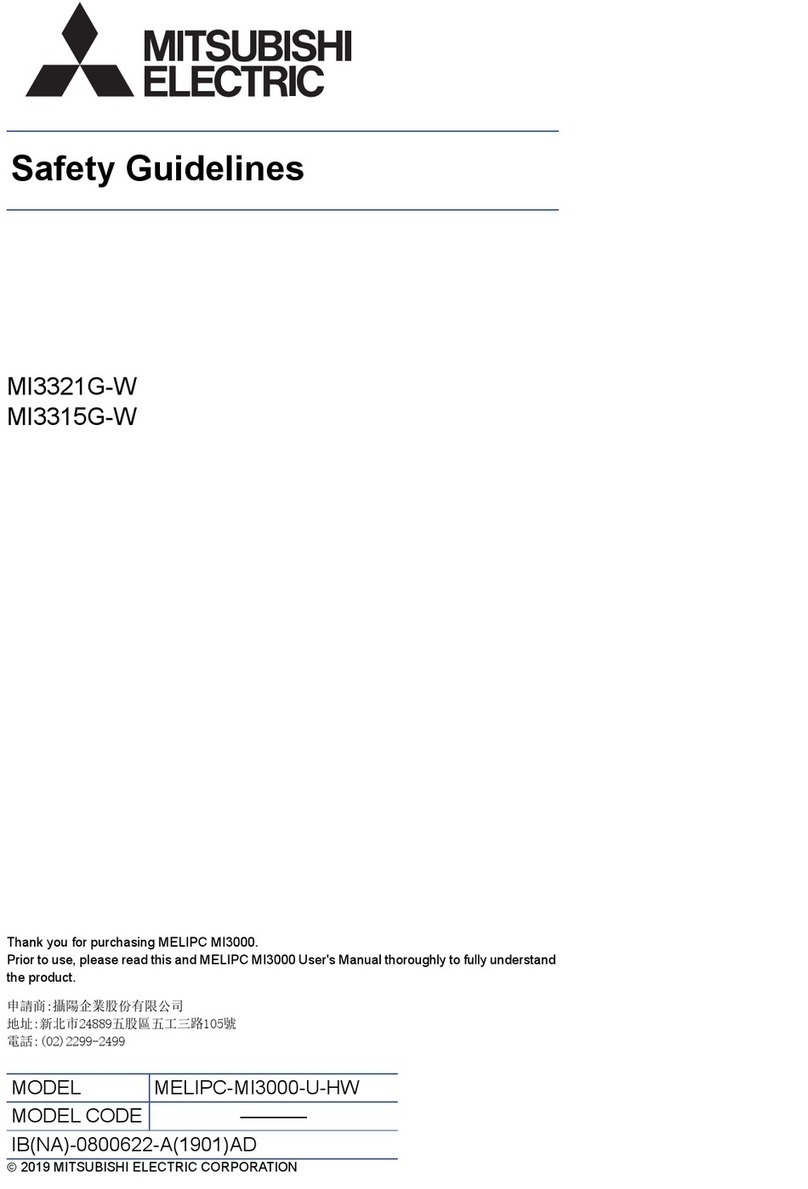
Mitsubishi Electric
Mitsubishi Electric MELIPC MI3321G-W Safety Guidelines
